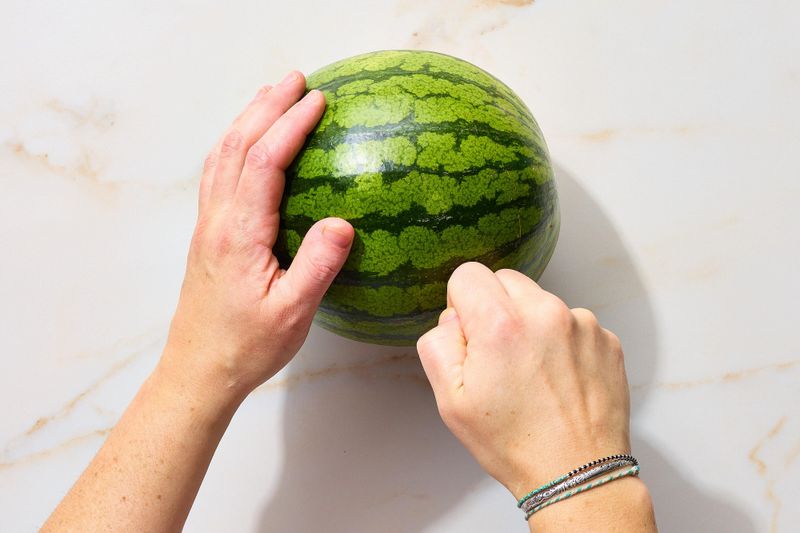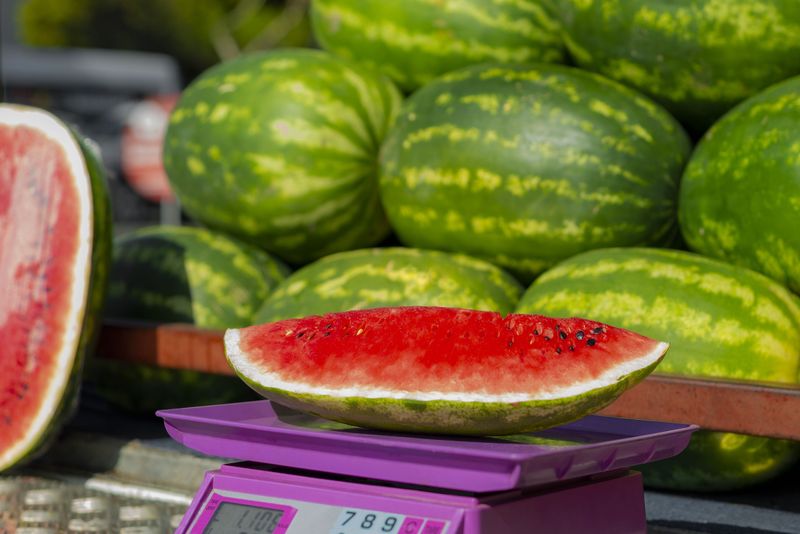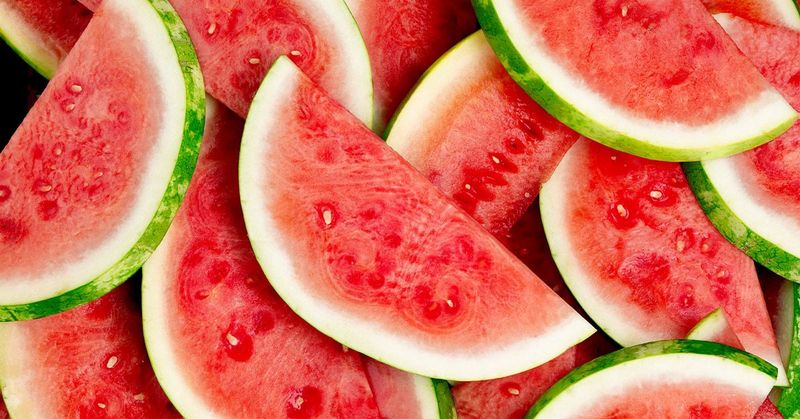Few things capture the essence of summer like a slice of perfectly ripe, juicy watermelon. Whether it’s served at a backyard barbecue, packed in a picnic basket, or enjoyed as a refreshing snack on a hot day, watermelon is a seasonal staple that’s hard to resist. But with so many lining the bins at the store or farmers market, picking the right one can feel like a gamble. Too often, we rely on hearsay, outdated tricks, or blind luck—only to end up with a bland, underripe melon that fails to deliver on its sweet promise.
The good news? Finding that flawless watermelon isn’t as mysterious as it seems. With just a little knowledge and a keen eye, you can confidently choose a melon that’s bursting with flavor and perfect for sharing. These five simple, science-backed tips will help you sort fact from fiction and select a watermelon that’s ripe, sweet, and deeply satisfying. From judging weight to spotting the perfect field spot, these insights will make your next melon pick a sure success—and your summer gatherings that much more delicious. Say goodbye to watery disappointments and hello to watermelon bliss!
1. Give It a Knock

Ever tapped a watermelon and wondered what it should sound like? The answer is simple: a hollow, echoing sound is key. When you give a watermelon a gentle knock, it should resonate like a drum, indicating ripeness. A dull thud, on the other hand, suggests it’s either too ripe or unripe.
This technique is trusted by market vendors and seasoned gardeners alike. It may look funny, but trust the sound. Next time, impress your friends with your expert tapping skills.
2. Look for the Field Spot

Notice that creamy yellow patch on the watermelon? That’s the field spot, where it rested on the ground. A large, buttery-yellow field spot is a sign of sweetness. The darker the yellow, the longer it ripened in the sun.
Avoid watermelons with a white or no visible field spot, as they likely didn’t ripen well. This simple observation can make a significant difference in taste, turning a bland experience into a sweet delight.
3. Check the Weight

Heft the watermelon in your hands, and you’ll soon discover that a heavier one indicates more water content. This means juicier, more refreshing bites await you. If two watermelons are the same size, always choose the heavier one.
Interestingly, this method is favored by many chefs who appreciate the hydrating qualities of a good watermelon. Keep this weighty wisdom in mind during your next shopping trip.
4. Pick a Dull, Not Shiny, Rind

Think shiny watermelons look more appealing? Think again. A dull rind signifies a mature, ready-to-eat fruit, while a shiny one often means it’s underripe.
In fact, appearances can deceive, and in the case of watermelons, dullness is a virtue. This little-known tip can elevate your fruit-picking finesse to a new level. So, embrace the matte look for maximum flavor.
5. Round watermelons are sweeter and less watery

Round or oval? A common dilemma when facing a pile of watermelons. However, round ones often promise more sweetness and less wateriness compared to their oval counterparts.
This choice is not just based on folklore but is backed by the experiences of seasoned fruit enthusiasts. Next time, let the round shape guide you to a tastier, more satisfying choice.
Leave a comment